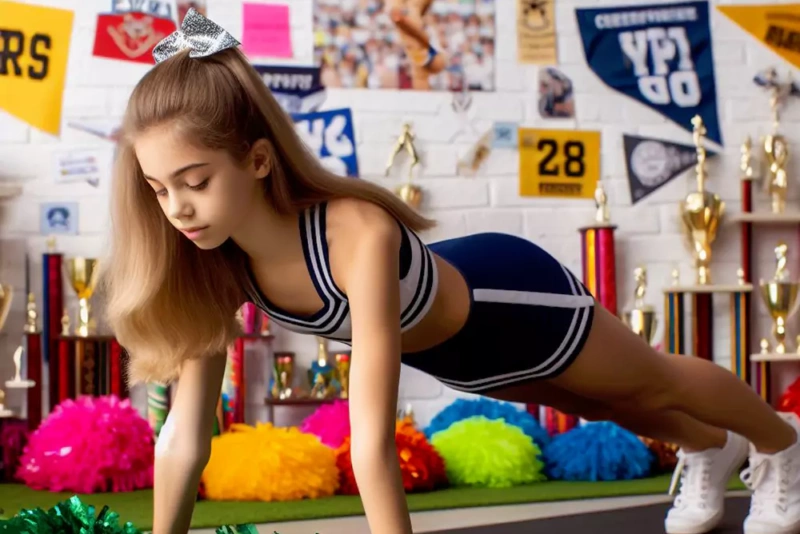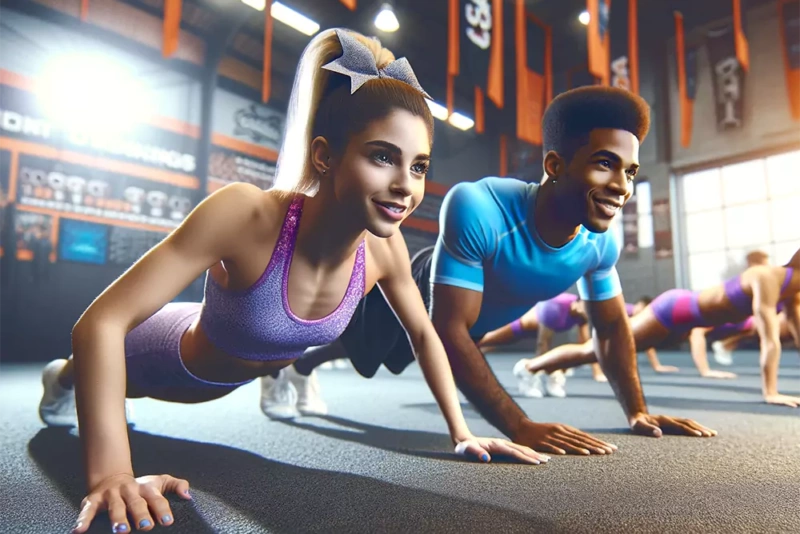Cheerleading in Australia: From Grassroots to Global Glory
Cheerleading in Australia is flipping stereotypes and soaring to new heights. Far from just a sideline act, it’s a dynamic, competitive sport that’s exploded in popularity, with over 60,000 registered competitors and a gold medal at the 2023 ICU World Championships. From local gyms to international stages, Australian cheerleading blends athleticism, teamwork, and spirit. Let’s explore its rise, demands, and unstoppable momentum in the land Down Under.
The Beginnings: Building a Cheer Culture
Cheerleading in Australia took root in the 1990s, sparked by dance and gymnastics enthusiasts. Unlike its international counterparts, it didn’t start with university yell squads but grew through community dance programs. By 2000, the sport was formalized with the establishment of early cheerleading organizations, and the 2001 National Cheerleading Camp on the Gold Coast, hosted by Gymnastics Australia, marked a shift toward professional training and competitions.
From humble beginnings in local halls, cheerleading has grown into a structured sport with custom-built facilities across the country, reflecting its rising demand and commitment to fostering elite talent.
The Competitive Scene: All-Star and Beyond
Australian cheerleading thrives under organizations like the Australian All Star Cheerleading Federation (AASCF), founded in 2006. The AASCF hosts major events like the National Cheer and Dance Championships, drawing thousands of competitors in 2025. These events showcase 2.5-minute routines packed with tumbling, stunts, pyramids, and dance, judged on difficulty, precision, and creativity.
The Australian level system, aligned with international standards, organizes teams by age and skill across seven levels, plus novice categories, ensuring fair and safe competition. University cheerleading is also gaining traction, with unique crowd-leading routines featuring chants and props at events like UniSport Nationals.
Australia shines on the global stage. In 2023, the nation’s All-Girl team won gold at the ICU World Championships, a historic achievement, while the co-ed team earned silver. These victories highlight Australia’s growing prowess in competitive cheer.
Athletic Demands: Strength, Skill, and Teamwork
Cheerleading is a high-intensity sport requiring diverse skills:
Stunting: Athletes lift and catch teammates in intricate formations, demanding strength and coordination. Those airborne need balance and core control to hold poses.
Tumbling: Flips, cartwheels, and handsprings require agility and precision, rivaling gymnastics.
Teamwork: Routines hinge on perfect timing—a single misstep can disrupt a pyramid or lead to injury.
Endurance: Short, high-energy routines test stamina, with athletes performing under pressure.
Cheerleading’s inclusivity sets it apart. Athletes of all body types find a role, whether as a flyer, base, or tumbler, emphasizing speed and skill over appearance. This accessibility empowers participants to feel strong and capable.
Safety Challenges: Protecting Athletes
The sport’s high-flying stunts carry risks, including sprains, fractures, and concussions. Australian coaches prioritize safety through international standards, such as requiring absorbent surfaces for tosses and focusing on technical progressions. These measures have reduced injury rates, but challenges remain.
Cheerleading lacks a single national governing body since Gymnastics Australia stepped back in 2018. Efforts to establish a unified organization continue, aiming to secure better resources, coaching, and safety protocols for the sport’s growing community.
Cultural Impact: Community and Confidence
Cheerleading builds more than routines—it fosters community. Squads bond through intense practices and competitions, creating tight-knit groups that feel like family. The sport also cultivates confidence and leadership, as athletes perform before large crowds and engage in community outreach, such as charity events or school programs.
Social media amplifies cheerleading’s reach, with posts showcasing routines and inspiring new participants. The sport’s vibrant energy resonates across Australia, drawing in diverse age groups and backgrounds.
Going Global: Australia’s Place on the World Stage
Australia ranks among the top nations in competitive cheerleading, with strong showings at events like the ICU World Championships. The 2021 IOC recognition of cheerleading as a sport has fueled hopes for Olympic inclusion, potentially by Brisbane 2032. Such a milestone could elevate the sport’s profile and bring more funding and opportunities.
International competitions provide a platform for Australian athletes to shine, showcasing their skills alongside global peers and reinforcing the sport’s universal appeal.
The Future: Olympic Dreams and Beyond
Cheerleading in Australia is on an upward trajectory. Efforts to unify the sport under a national body aim to support its growth, from grassroots programs to elite levels. Recreational classes for all ages and preschool programs introduce cheerleading early, ensuring its longevity.
As university cheer expands and the sport sheds outdated stereotypes, it’s poised for greater recognition. With global success and local passion, Australian cheerleading is ready to leap toward Olympic glory and cultural prominence.
Conclusion
Australian cheerleading is a story of growth, grit, and ambition. From its 1990s roots to gold medals on the world stage, it celebrates athleticism, inclusivity, and community. Whether you’re a parent, aspiring athlete, or fan, there’s a place for you in this high-energy world. Cheer on Australia as it stunts, tumbles, and shines!
Want to get your athletes into cheerleading or tumbling, contact us today to book into a class. See you there.



